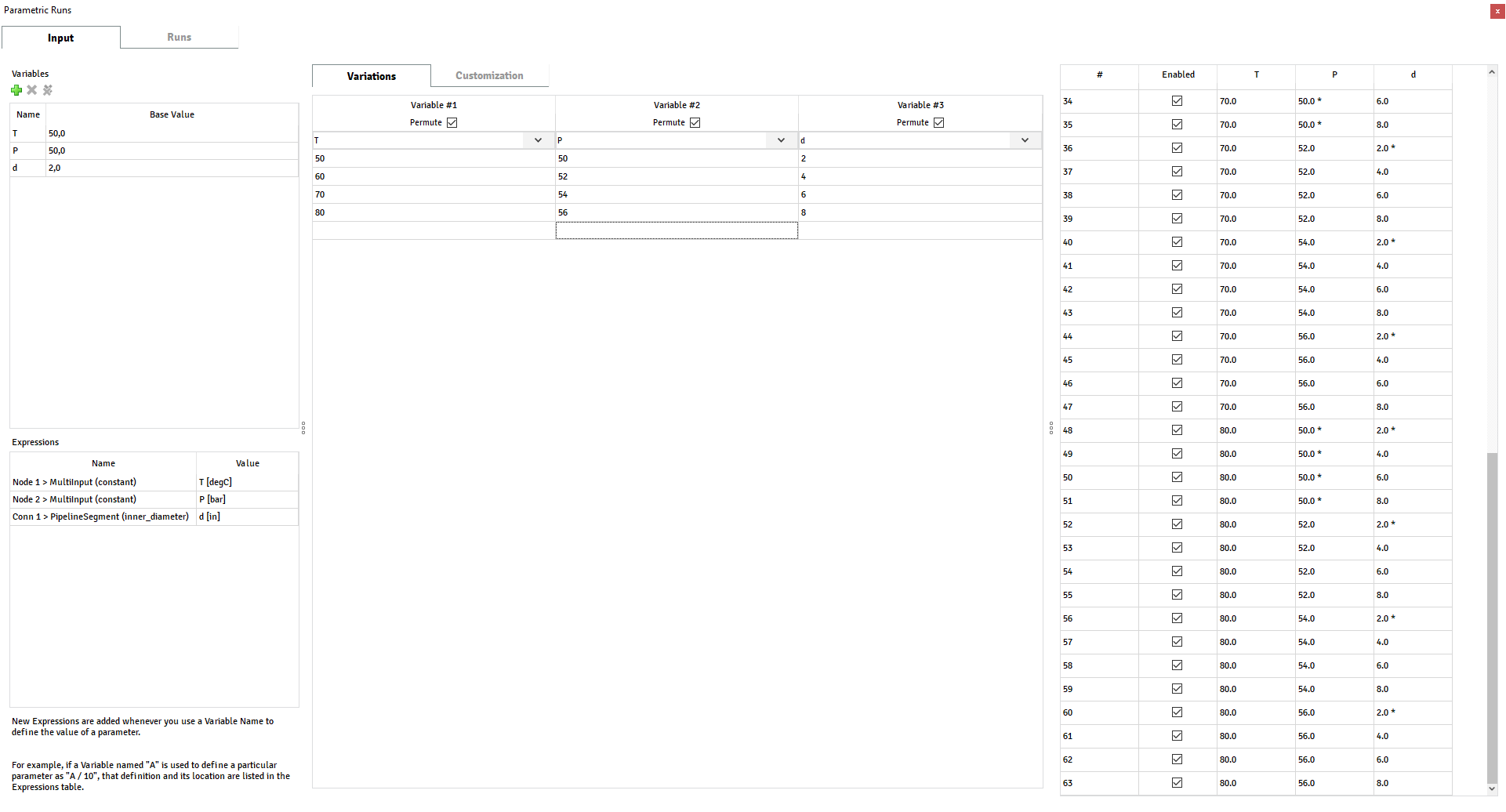Published on: 04/20/2022
During the development of oil and gas fields, engineers will frequently encounter situations in which different fluids will flow simultaneously in the same pipeline, such as duringwell clean-up, bullhead operations, alternate gas injection, and inhibitor injection. Another common example is water-oil flow, two immiscible liquids that, under certain conditions, can generate emulsions.
Different fluids flowing in the same pipeline will directly influence simulated variables, such as flow rates and system pressure. Since traditional PVT tables are associated with a given pipeline and not with the fluid that is entering or flowing at a given moment, PVT calculations should be addressed with a different approach.
To better represent fluid behavior and properties and consequently increase the reliability of simulation results, we present ALFAsim 2022.R1. This new version includes the Combined PVT Model for cases that consider different fluid inputs modeled by multiple PVT tables or different PVT correlations. Emulsion models will support all types of three-phase fluids. This version improves existing PVT Correlations (black-oil) by revealing new variables to be edited for a better representation of fluid properties. Finally, to bring the best user experience and simulation reliability, the Parametric Runs interface and Hydrodynamic Models are also improved.
A new PVT Model is available for those cases in which one or more fluids flow through the production system (well clean-up, bullhead operations, alternate gas injection, inhibitor injection, etc). A predefined list of fluids, where each has a single PVT table or black-oil model associated with it, is configured and associated with every boundary and initial condition of the system (e.g., nodes, edges and equipment). Then, simulation will consider the fluid interaction along the pipelines.
CO2 and H2S molar fraction, oil viscosity, gas viscosity, and surface tension are variables now available for a better representation of the black oil fluids.
Now supported for all three-phase simulations scenarios.
ALFAsim’s Regime Capturing Model is no longer defined as an advanced option. Instead, it is configured separately for each pipe and can be set to be automatically enabled whenever pipeline profile mesh reaches values below a user-defined threshold. Since flow pattern is not estimated and dedicated shear stress correlations independent of the flow pattern are used, Regime Capturing becomes a much more robust model, but simulations become more time consuming. This new hydrodynamic model configuration allows the user to focus on the Regime Capturing pipe sections most likely to have hydrodynamic issues instead of on the whole system, optimizing both simulation time and results sensitivity.
These models were improved after extensive validation with experimental data acquired from the Mutliflow JIP.

The Parametric Runs graphic interface was improved, allowing the user to configure a larger number of simulations in a project. The Parametric Variables are now shown in a central table that includes a new Permute check-box.The Permute option defines whether the corresponding variable should be permuted in all its variations or used in a line combination. In addition, it is possible now to customize particular variable combinations to be simulated.
You can now explore ALFAsim 2022.R1 and all these improvements by requesting a free trial.
